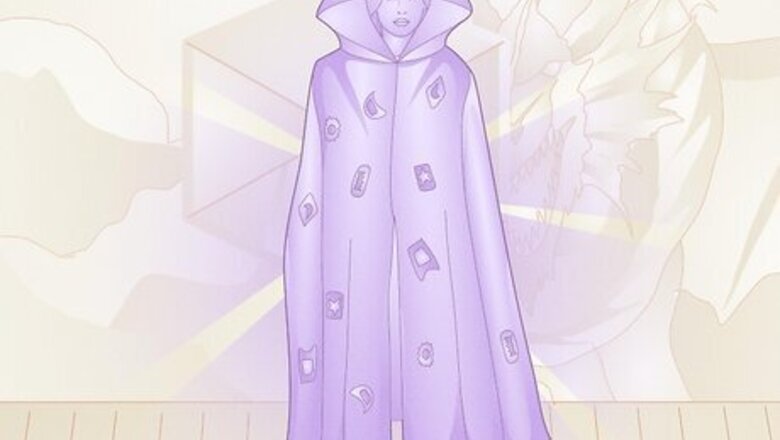
views
Robe of Useful Items Properties
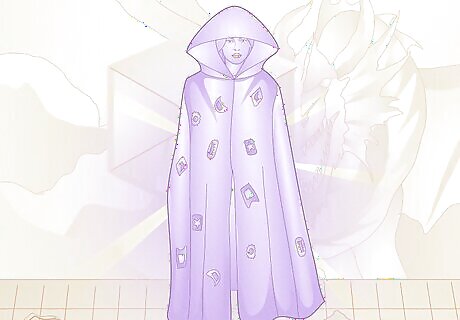
The robe is an uncommon wondrous item covered in cloth patches. When a PC (player character) wears the robe, they can use an action to remove one of the patches (which come in many shapes and colors). Once detached, a patch immediately becomes the creature or object it represents. While some are random, the robe always has 12 guaranteed patches: 2 Daggers 2 Bullseye lanterns (which shed bright light in a 60-foot cone and burn for 6 hours) 2 Steel mirrors 2 10-foot poles 2 Hempen ropes (50 feet long and coiled) 2 Sacks (which can each hold 1 cubic foot or 30 pounds of gear)
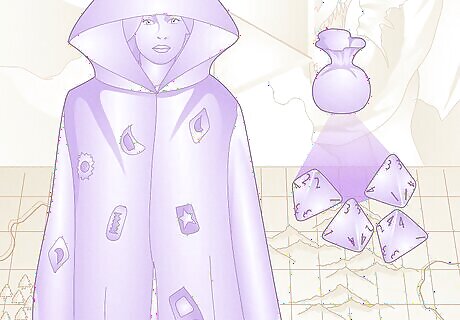
The robe also has 4d4 other random patches decided by the DM. These random patches are normally determined by rolling a d100 and consulting the robe’s table (as shown below), but a DM can also just pick the patches they want to include. The maximum number of random patches the robe can have is 16, though the average is around 10. Potential items (and patches) the robe might have include: 01-08: A bag of 100 gold pieces. 09-15: A silver coffer that’s 1 foot long and 6 inches wide (and deep) worth 500 gold pieces. 16-22: A 10-foot high (and wide) iron door that can be placed within an existing opening. 23-30: 10 Gemstones worth 100 gold pieces each. 31-44: A 24-foot-long wooden ladder. 45-51: A fully outfitted horse. 52-59: A 10-foot cubed pit, which can be placed anywhere within 10 feet of the PC. 60-68: 4 Potions of Healing. 69-75: A 12-foot-long rowboat. 76-83: A spell scroll with a single spell between 1st and 3rd level. 84-90: 2 Mastiff dogs. 91-96: A 2-foot by 4-foot window that can be magically placed on a wall. 97-100: A portable battering ram. Unfortunately, the Robe of Useful Items doesn’t last indefinitely; once you use every patch on the robe, it becomes an ordinary, nonmagical garment like any other.
Do characters know how the robe works?
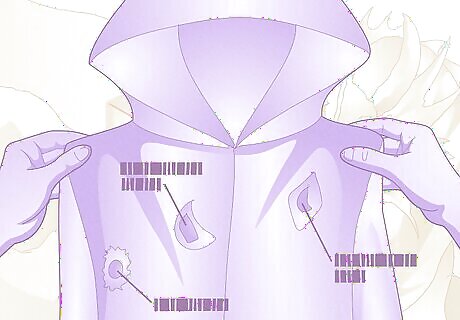
The DM can decide how much PCs know about each patch on the robe. The rules don’t actually state how much a PC that tries to use the robe knows about it (or its abilities), which means it’s up to the DM's discretion. Some DMs might let a PC know all about the robe’s patches, while others might rule that a PC has to use a patch to know what it does. If you’re a DM, consider giving players a chance to learn more about the robe. For example, you might make a rule that says if a PC studies the robe for a few hours, casts the Identify spell on it, or passes an Arcana check, they learn about each patch’s capabilities. That way, if a PC doesn’t make the effort to learn more, they have to use the robe blindly—but they can choose to do a little extra work and gain the optional knowledge!
How to Use a Robe of Useful Items
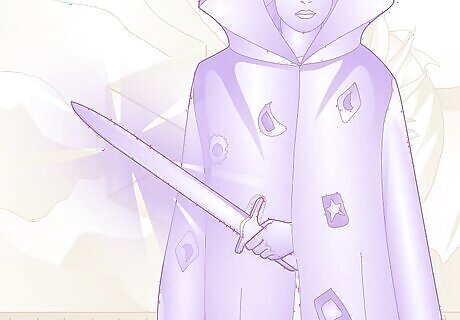
Find clever ways to solve problems with the robe. Since so many of the patches are optional (or random), there’s no set way to use the robe; rather, it could be useful in a wide range of scenarios if you keep an eye out for chances to use it! Creative problem-solving is a huge part of exploration and adventuring in D&D, and there’s no telling when a Robe of Useful Items might save the day. For example: You could use the robe to sneak weapons (daggers) into a restricted area that prohibits weapons. A portable ram could break down a door if the party’s lockpicking efforts fail. You could use the rope to climb up (or down) a steep cliff or use the pole to vault across a chasm. A rowboat could help you navigate a body of water if the party gets stranded. You could use the pit or window to escape a room you’re imprisoned in or to get somewhere you couldn’t normally go. Extra potions of healing can help your PC stay conscious and capable of taking action in battle. A riding horse could speed up travel or help carry some of the party’s equipment. You could attempt to bribe a guard or some other NPC (non-player character) with a bag of gold or gems.
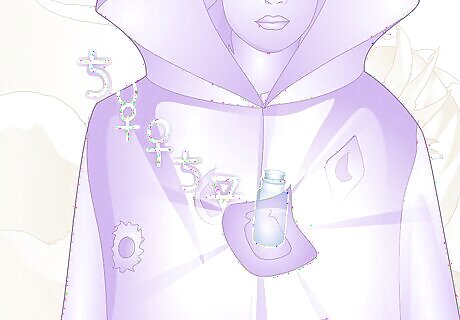
Use the robe when you need to save spell slots or special abilities. In some cases, the robe may be able to create items you can use in place of a spell or special ability—which can be a lifesaver when you’re traversing a long dungeon or traveling and unable to stop, rest, and recover spell slots. When preserving your PC’s abilities is critical, it might help to use the robe instead. For example: The portable ram could break down a door and save you from having to cast the Knock spell. You could use the 10-foot pole to set off a trap safely from a distance instead of rolling to disarm it (or using Dispel Magic if it’s magical). You could drink the healing potions instead of casting a spell like Cure Wounds or Healing Word. The iron door, pit, or window could take the place of spells like Stone Shape or Disintegrate. To reach higher ground, the rope could be used instead of casting a spell like Fly or Levitate. You could summon the mastiffs or a horse instead of using a conjuration spell to summon animal companions.
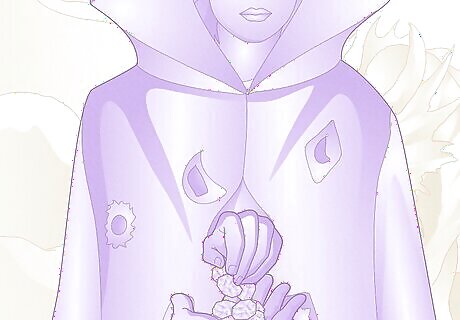
Sell the items you get from the robe for extra money in a pinch. Some of the items you can create with the robe are actually worth quite a bit of money—so if you need to make money fast in D&D, you might be able to activate a few patches and sell the items that are created with them. Items created with the patches don’t expire or disappear after a while, so you can use them however you want! For example: The silver coffer is worth 500 gold pieces, making it worth selling. 10 gems worth 100 gold each comes out to a total of 1,000 gold if you sell all the gems. Spell scrolls are worth at least 50 gold each (depending on the spell's level). You wouldn’t even need to sell a bag of 100 gold pieces; you could just use the money right away!
How much does the robe cost?

The Dungeon Master’s Guide suggests a price of 101-500 gold pieces. There aren’t any hard-and-fast rules for item pricing in D&D 5e; the closest thing you’ll find to official pricing for most magic items is a table in the Dungeon Master’s Guide that suggests price ranges based on the item's rarity. For uncommon magic items (like the Robe of Useful Items), expect anywhere between 101 to 500 gold pieces. If you’re the DM, it’s ultimately your call how cheap (or pricey) to make an item. If the party had tons of gold to throw away, you might increase prices—or, if they’re short on gold, you might lower them. You don’t even have to wait for the party to buy a Robe of Useful Items; instead, you might have them find it as loot on an adventure!
Homebrew Ideas

Consider letting PCs replenish the robe or add new patches. Although the Robe of Useful Items is supposed to lose its power and become an ordinary garment after all patches are used, you don’t have to let it stay that way if you’re the DM. Instead of making your players buy a new robe, you might create a homebrew rule allowing PCs to add new magical patches to the robe or restore existing ones. For example, your homebrew rule could allow players to roll a d4 after each long rest and restore a number of original patches on the robe baked on the roll results. You could also let players (especially artificer PCs, who specialize in tinkering and creating magic items) to propose their own patch ideas, as long as they’re still fair and balanced. For example, you might allow a PC to make a patch that summons a different kind of animal than a mastiff, so long as the animal’s challenge rating is ¼ or less. You might also set a DC for making a patch. For example, maybe PCs must pass a DC (difficulty class) 10 or 15 Arcana check before completing a patch.



















Comments
0 comment